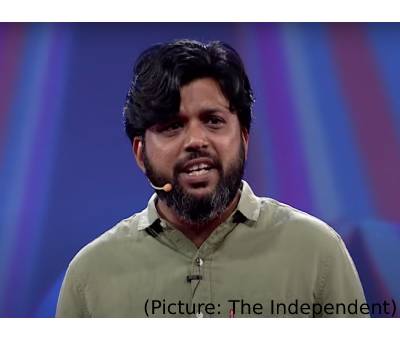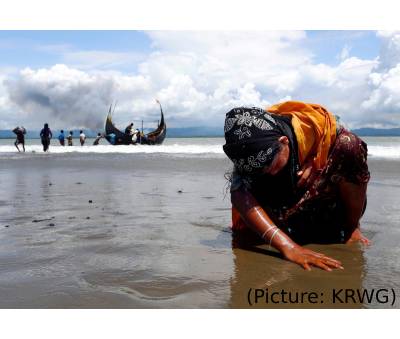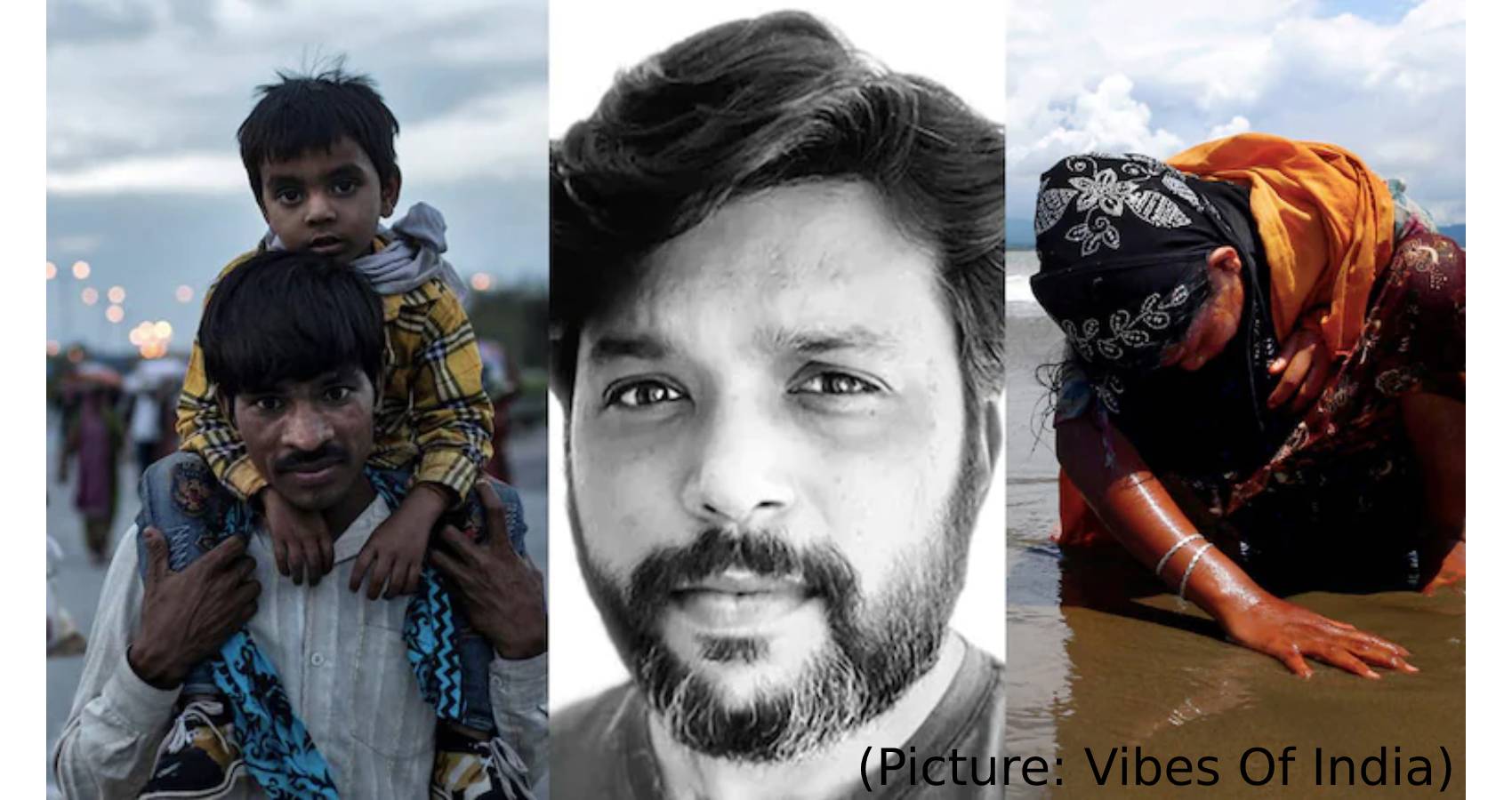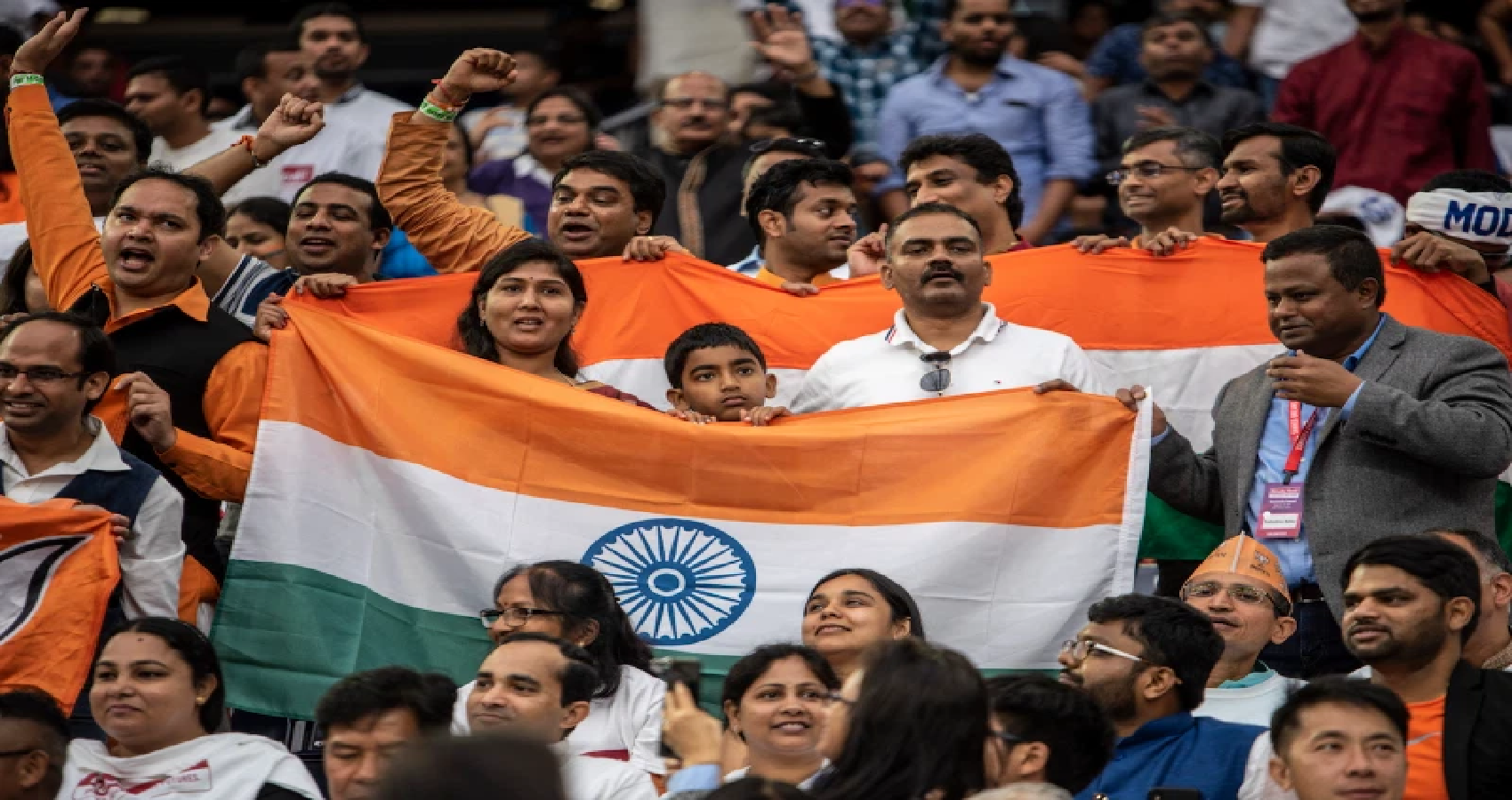Pulitzer Prize-winning Indian photojournalist Danish Siddiqui was killed on Friday, July 16th while covering a clash between Afghan security forces and Taliban fighters near a border crossing with Pakistan. As per reports, he was killed while on assignment in southern Afghanistan after coming under fire by Taliban militiamen. Siddiqui, who was 38 years old, had been embedded with Afghan special forces in southern Kandahar province when he was killed along with a senior Afghan officer, Reuters reports. Siddiqui was part of a Reuters team to win the 2018 Pulitzer Prize for Feature Photography for documenting the Rohingya refugee crisis.
 Siddiqui was reporting from Afghanistan as U.S. forces complete their withdrawal, ordered by President Biden to wrap up by Sept. 11. As the U.S. leaves, the Taliban — long held at bay by American might — have been rapidly capturing territory, leading to concern that the Afghan government could collapse. Siddiqui reported to his editors earlier on Friday that he had sustained a shrapnel wound to the arm during a clash between Afghan troops and the Taliban at the town of Spin Boldak, but that he had been treated for the injury, according to Reuters. Later, as he was interviewing local shopkeepers, the Taliban attacked again, the news agency said, quoting an Afghan commander
Siddiqui was reporting from Afghanistan as U.S. forces complete their withdrawal, ordered by President Biden to wrap up by Sept. 11. As the U.S. leaves, the Taliban — long held at bay by American might — have been rapidly capturing territory, leading to concern that the Afghan government could collapse. Siddiqui reported to his editors earlier on Friday that he had sustained a shrapnel wound to the arm during a clash between Afghan troops and the Taliban at the town of Spin Boldak, but that he had been treated for the injury, according to Reuters. Later, as he was interviewing local shopkeepers, the Taliban attacked again, the news agency said, quoting an Afghan commander
“We are urgently seeking more information, working with authorities in the region,” Reuters President Michael Friedenberg and Editor-in-Chief Alessandra Galloni said in a statement. “Danish was an outstanding journalist, a devoted husband and father, and a much-loved colleague. Our thoughts are with his family at this terrible time.” SaadMohseni, the CEO of Afghanistan’s MOBY Group, the largest media company in the country, described Siddiqui as “an extremely brave and talented journalist” and said his death “tragically demonstrates the dangers that journalists in Afghanistan face for doing their jobs.”
Mohseni said that Afghan journalists were being killed or threatened. “Despite these dangers, they continue to do their work, reporting on the fighting that is consuming the country, on the human rights violations that are proliferating, and on the urgent humanitarian needs of the people of Afghanistan,” he said. Working for Reuters since 2010, Siddiqui covered the wars in Afghanistan and Iraq, the Rohingya refugees crisis, the Hong Kong protests and Nepal earthquakes. Siddiqui extensively covered the brutal second wave of the coronavirus pandemic in April and May as it ripped through India’s cities and villages.
In one of his last pictures, Siddiqui photographed a member of Afghan special forces firing at Taliban fighters at a check post in Afghanistan’s Kandahar province. Siddiqui was embedded as a journalist since earlier this week with Afghan special forces in Kandahar. In recent months, Siddiqui chronicled a growing COVID-19 wave that swept through India, killing thousands. The assignment was not without controversy, as some in India expressed outrage over photos showing mass cremations of those who died from the disease.
 Siddiqui’s pictures of mass cremations of Covid-19 victims at funeral grounds in Delhi went viral. The funeral pyres burning round-the-clock and cremation grounds running out of space told the story of a death toll unseen and unacknowledged in official data by India and the state governments. Siddiqui travelled to smaller cities and villages to chronicle the unfolding tragedy. In April 2020, Siddiqui covered the exodus of tens of thousands of migrant workers from India’s cities following a sweeping lockdown to prevent the spreading of coronavirus. Sprawled together, men, women and children began their journeys at all hours of the day. They carried their paltry belongings – usually food, water and clothes – in plastic bags. The young men carried tatty backpacks. When the children were too tired to walk, their parents carried them on their shoulders.
Siddiqui’s pictures of mass cremations of Covid-19 victims at funeral grounds in Delhi went viral. The funeral pyres burning round-the-clock and cremation grounds running out of space told the story of a death toll unseen and unacknowledged in official data by India and the state governments. Siddiqui travelled to smaller cities and villages to chronicle the unfolding tragedy. In April 2020, Siddiqui covered the exodus of tens of thousands of migrant workers from India’s cities following a sweeping lockdown to prevent the spreading of coronavirus. Sprawled together, men, women and children began their journeys at all hours of the day. They carried their paltry belongings – usually food, water and clothes – in plastic bags. The young men carried tatty backpacks. When the children were too tired to walk, their parents carried them on their shoulders.
In August 2017, a deadly crackdown by Myanmar’s army on Rohingya Muslims sent hundreds of thousands fleeing across the border into Bangladesh. They risked everything to escape by sea or on foot a military offensive which the United Nations later described as a “textbook example of ethnic cleansing”. Siddiqui is best known for his work covering the Rohingya refugee crisis in Bangladesh, for which he and his co-workers won journalism’s top prize in 2018. The Pulitzer board cited the “shocking photographs that exposed the world to the violence Rohingya refugees faced in fleeing Myanmar.” “I shoot for the common man who wants to see and feel a story from a place where he can’t be present himself,” Siddiqui once wrote of his photography.



